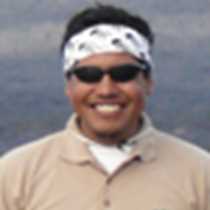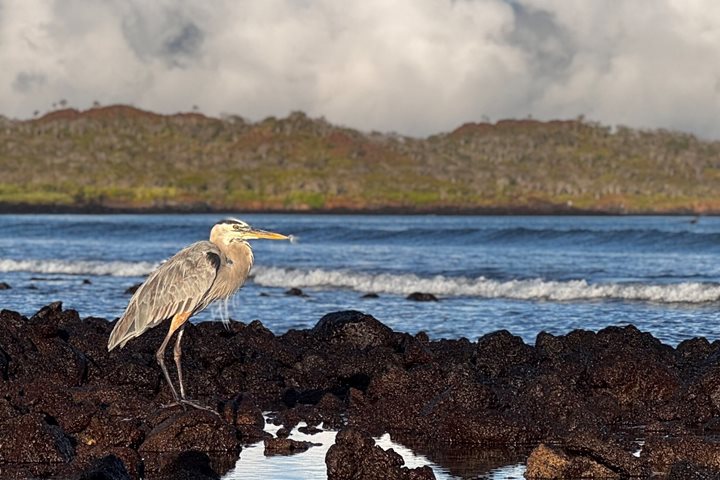By visiting west Isabela Island, we were presented with an interesting contrast to the Galapagos Exploration. The first adventure of the day was at Urbina Bay, and a wet landing was the perfect way to begin our journey. We were astonished upon our arrival to see the sea turtle nests found around the sandy area. Once we got our gear ready, we departed into the wild in order to find the variety of Galapagos species that are found in the region. Exploration took us to the coastal part of Urbina Bay, and this is where we experienced a combination of marine coastal life versus impressive lava rocks around the shore line.
Farther into the trail, big brain coral heads were shown several meters inland as a consequence of an older uplifting process. As soon as our excursion started at the inner trail, we witnessed our first land iguana of the morning. The brilliance of the place was shown in a symphony of land birds songs, vegetation colors, and reptile displays. At the end of the hike, we had a pleasurable time as we swam at the beach before coming on board the National Geographic Endeavour. Once everything was ready, we pulled anchor in order to move to our next destination: Tagus Cove.
Tagus cove is one of the most historical places in the entire archipelago, and deep water snorkeling was the perfect activity to begin our visit. The water conditions were perfect, allowing us to fully enjoy the charms of the Galapagos Marine Reserve. Our company during our time in the water, included many different reef fishes found around the rocks, and the Pacific green sea turtles feeding on algae.
The exploration was completed by a hike all the way up Darwin Lake. The splendor of land nature was apparent as soon as we arrived to the area. Land birds flew by as we ascended farther up the steps, into the dry zone vegetation, to enjoy the magnificent view of Darwin Volcano. At the end of the trail, we had a marvelous view of the northern volcanoes, as the sun set behind the dominant figure of Fernandina Island.







